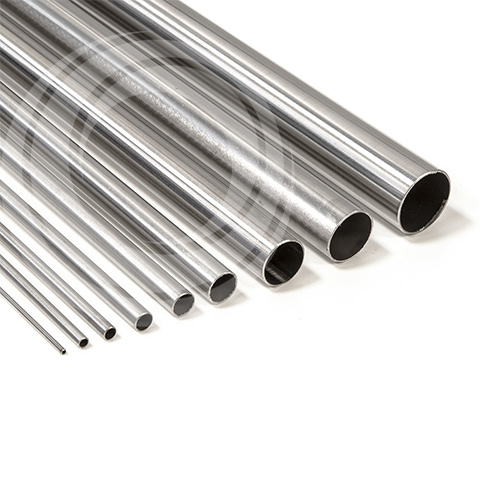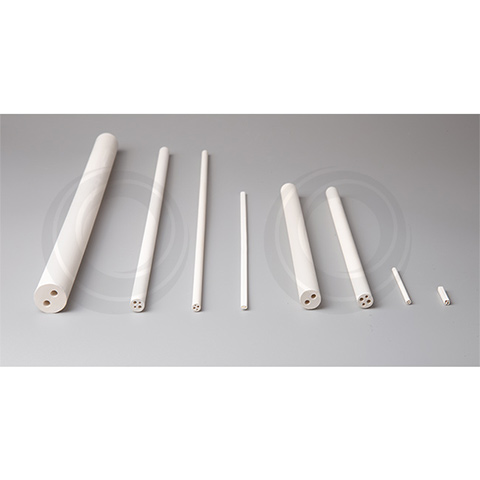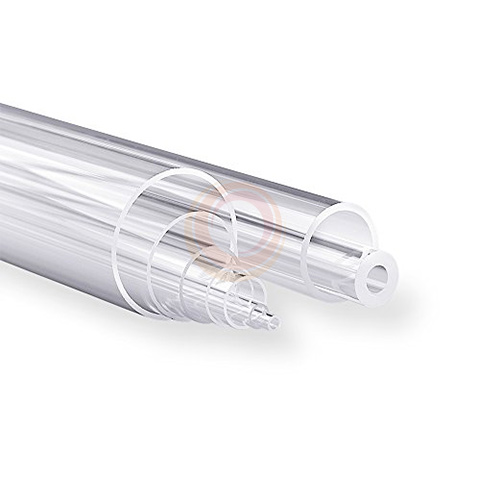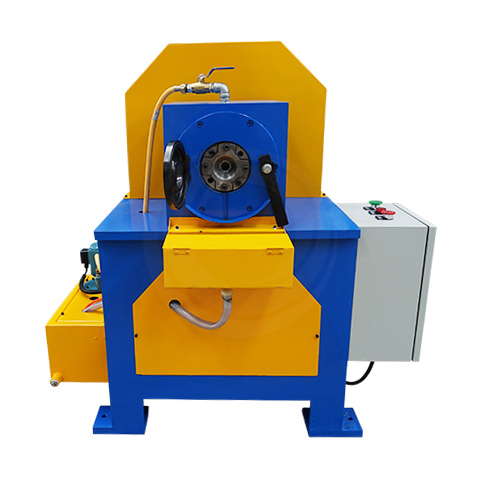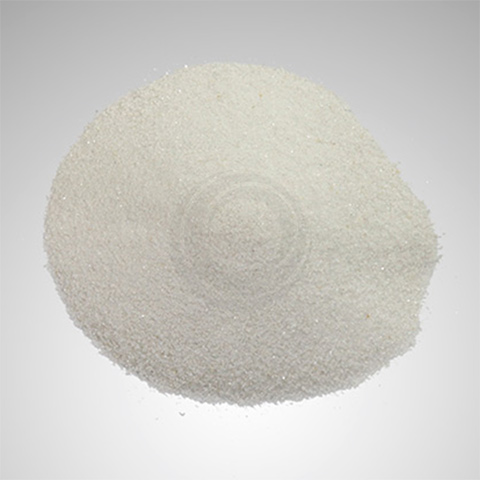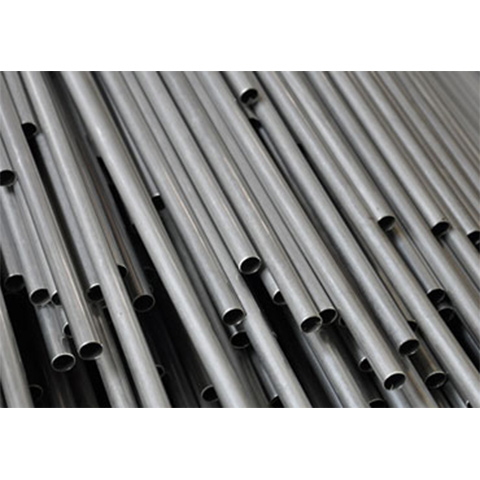Welding Seam Tracking System
It can be used with a Tube Making Machine.
Composition
- Control box (including switching power supply, display screen, and motherboard).
- Welding gun (with camera)
- Adjustment mechanism Left and right welding gun
Brief Introduction
In many cases, the accuracy and consistency of the workpiece and its assembly are not easy to meet the requirements of large workpieces or high-volume automatic welding production, and there are also stresses and deformations due to overheating. Therefore, once these situations are encountered, there is a need for an automatic tracking device to perform functions similar to the coordinated tracking and adjustment of the human eye and hand in manual welding.
Manual or semi-automatic welding relies on the operator's visual observation and manual adjustment to achieve weld tracking. The weld tracking system calculates the deviation between the detected weld and the welding gun, generates the deviation data and corrects the deviation in real time by the motion actuator, and accurately guides the welding torch to weld automatically.
Selecting the Welding Seam Tracking System
Welding seam tracking is divided into contact tracking, arc tracking, and laser tracking. The welding of thin strip which is less than 2mm thick are mainly use laser as seam tracking.
Contact sensors use a contact probe to come into physical contact with the weld. When the position of the torch changes relative to the workpiece, the probe is deflected in the opposite direction and the controller adjusts to return the torch to its original position. Contact seam tracking systems are best suited for welds with large, unique geometries. If the weld is too small, the probe can lose contact with the weld and deflect the torch from the track.
The arc tracking system uses feedback from current and voltage sensors to identify changes in the position of the welding torch. For example, if we weld a fillet weld, when the torch is far from the center of the weld, the distance of the torch on both sides of the workpiece is different. For this type of tracking, the torch must oscillate back and forth perpendicular to the weld. In this case, the system constantly compares the welding currents with the left and right sides of the weld, and the two current peaks must be in the center between them. Arc tracing systems are best suited for large welds with obvious structures, such as large bevels and fillet welds. Arc tracing is generally used for thick plates, mainly pendulum welding. Such as excavator bucket arm, crane welding, etc. The approximate position of the weld is calculated by touching the edge of the base metal with the wire, and then the weld is made by returning to the pendulum welding.
The laser vision seam tracking system uses linear structured light, where light is projected onto the surface of the part, creating a distinctive laser profile in the weld. The laser line is then viewed at an angle to the camera. The profile of the line matches the geometry of the weld seam exactly. The weld feature point is then found through the profile, and the controller adjusts the position of the welding gun through feature spot position analysis to ensure that the position relationship between the welding gun and the weld is maintained. The laser vision system has a very high resolution and can reliably track both large and small welds.
Arc tracking is finding the position first and then welding, laser tracking is finding the position while welding, the laser efficiency is much faster, and the accuracy of arc tracking is not as high as that of laser, so products that are too precise are not suitable for arc tracking. However, the cost of arc tracking is several times lower than that of laser tracking, so it is necessary to choose a weld tracking system according to the actual product situation.

 Video
Video
